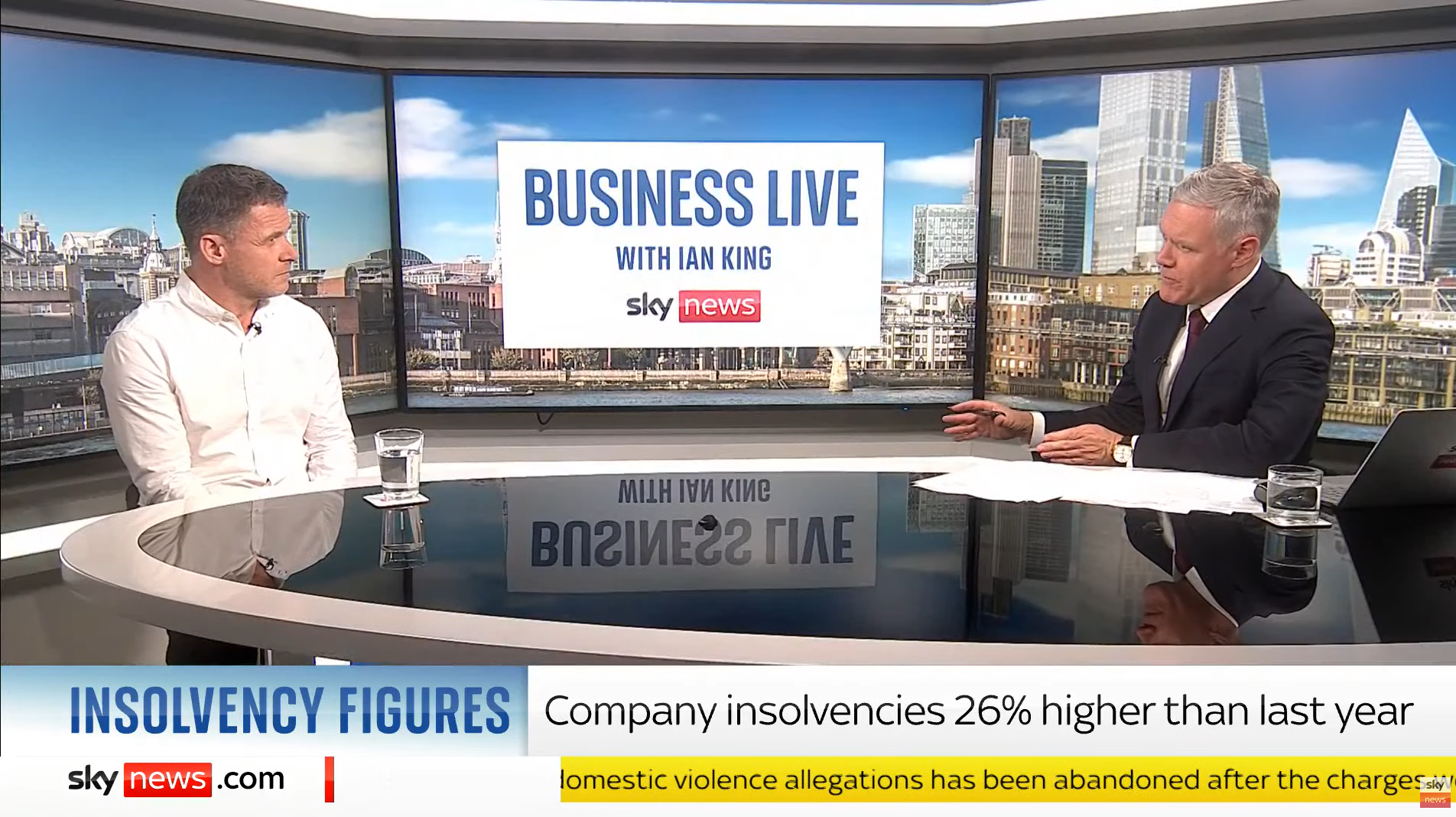Section 423 of the Insolvency Act 1986 (s423) provides for the avoidance of transactions intended to put assets out of the reach of creditors or otherwise prejudice their interests. It is one of the most effective weapons in global asset recovery scenarios and is widely used. Partner Tim Symes, associate Jack Barlow and paralegal Bruno Ponte consider the proof needed to get home on an s423 claim, consider some recent caselaw and provide examples of what a court might order if a claim is successful.
The fact that s423 is in the Insolvency Act is something of a red herring, as it is not an insolvency remedy as such; anyone who is a ‘victim’ can use it.
A typical scenario in which a creditor might want to use s423 is where a debtor, seeing a large liability coming down the tracks towards them, fears the loss of their assets if that liability catches up with them. So they take evasive action to transfer them out, often to trusted associates or family. The challenge for the claimant is proving they purposefully disposed of these assets to avoid their creditors. Even where that was not the purpose, the confirmation bias generated in the mind of the aggrieved creditor may create a determination to pursue a s423 claim even where the evidence is circumstantial and the asset transfers were entirely legitimate.
Grounds
The requirements for a s423 claim are where a person enters into a transaction with another person and:
- the transaction was made at a significant undervalue or for no consideration at all; and
- there was a desire (ie purpose – but need not be the only purpose) on the part of the person who entered into the transaction to put assets beyond the reach of someone making or may make a claim against them or otherwise prejudice their interests.
Cases
The High Court decision in Emirates NBD Bank PJSC v Almakhawi and the Court of Appeal decision in Investment Bank PSC v El-Husseini provide helpful guidance on the scope of s423. We reflect on these decisions below.
Invest Bank v El Husseini and others
This case looks at the requirement for a person to have entered into a transaction, which seemed straightforward until this Court of Appeal case.
The facts of this case are complex but, in a nutshell, the claimant bank alleges that the first defendant, Mr El-Husseini, owes it around £19m under personal guarantees. The claimant bank further alleges that Mr El-Husseini took steps to put various property assets beyond its reach in 2017 by either (i) hiding his beneficial ownership in them or (ii) transferring them to his family members through corporate vehicles. Invest Bank has sought declarations that Mr El-Husseini holds the beneficial interest in those assets or, alternatively, a transfer back of those assets.
The key issue in the appeal was whether liability under s423 as the transferor can be ascribed to the debtor personally, even though it was the company under their direction who was the transferor of the property.
The Commercial Court determined that s423 did not apply in the scenario unless the debtor acted more than just as an instrument of the company, in other words, more than just as a mere director. It said there had to also be some kind of arrangement the debtor was part of in relation to the transfer. Part of the rationale of the decision was to respect the importance of the separate legal identity of companies versus individuals.
The Court of Appeal, on the other hand, emphasised that the key issue was whether the director’s acts had any legal significance either by constituting a personal legal wrong or having some other legal consequence. In light of the broad wording in s423, the court determined that Invest Bank should be able to bring claims against him as transferor, notwithstanding the acts were nominally company acts rather than his acts.
It is important to note that the case is ongoing at the time of writing. The Court of Appeal made it clear that it was deciding nothing about whether Mr El- Husseini had done anything to constitute a s423 transfer, that being entirely a matter for trial.
Given how frequently the use of corporate vehicles is a feature of transactions and questions of beneficial ownership arise in civil fraud claims, the decision provides an important clarification of the scope of s423 and significantly widens it in favour of victims
Emirates NBD Bank PJSC v Almakhawi
This case involved a father and son. The father was a former director of a Dubai-incorporated company that went into liquidation in September 2014. The claimant (a bank) commenced proceedings in Dubai against the father in relation to a personal guarantee he had given in 2010 and obtained a judgment against him in January 2017. Following the January 2017 judgement, between June 2017 and October 2019, the father made various transfers to his son in the form of both property and money.
The crux of the case concerned the second limb of s423, the purpose behind the transfers. The father argued that they were made simply for succession-planning purposes. The court did not accept that.
Focusing on the fact that (i) the transfers coincided with a judgment being entered into against the father in Dubai and (ii) the money deposited as part of the transfers was sent to a newly opened account and left untouched, the court determined that the dominant purpose of the transfers was to put monies out of reach of the bank.
The case serves as a timely reminder of the breadth of what a judge will consider in determining the purpose of transactions and how s423 claims can work hand in hand with a claim to enforce a foreign judgment in the English courts. With regard to the former, proof that the consequence of the transaction in question was to put assets beyond the reach of creditors is not enough to establish the necessary subjective, positive intention of the transferor. But evidence that the consequence was foreseeable does support an inference that the individual or entity’s purpose was to enter the transaction to put assets beyond the reach of creditors.
Orders
The court has wide discretion in relation to orders under s423. The underlying principles are that the court must strive to (i) restore the position to what it would have been if the transaction had not been entered into and (ii) protect the interest of victims of the transaction.
More often than not, the most appropriate order will be for the recipient or beneficiary of the transfer to pay sums or transfer property back to the transferor. However, the court can make an order against a person who may not have been directly involved in the transaction but nevertheless received a direct benefit from it. The question is whether the third party obtained sufficient benefit on the balance of probabilities to justify the court making an order under s423 against them.
A good illustration is the recent case of Integral Petroleum S.A v Petrogat and others [2023] EWHC 44. The context was that the corporate recipient of funds transferred out of the first defendant, Petrogat, was unknown. As the claimant could not bring a claim against that entity, it sought an order against the second and third defendants, who had been found to be de facto directors of Petrogat and the fourth defendant, who was the legal owner of Petrogat. Significantly each of these individuals had failed to disclose the identity of the unknown recipient of the funds from Petrogat in breach of disclosure court orders. The judge found that the de facto directors and the legal owner of Petrogat were jointly and severally liable alongside Petrogat for the sums transferred out as, on the balance of probabilities, they had received a benefit from the transfers at least equivalent to the amount the claimant sought in judgment.
You can find further information regarding our expertise, experience and team on our Insolvency and Asset Recovery page.
If you require assistance from our team, please contact us or alternatively request a call back from one of our lawyers by submitting this form.







